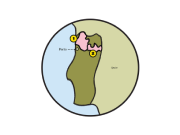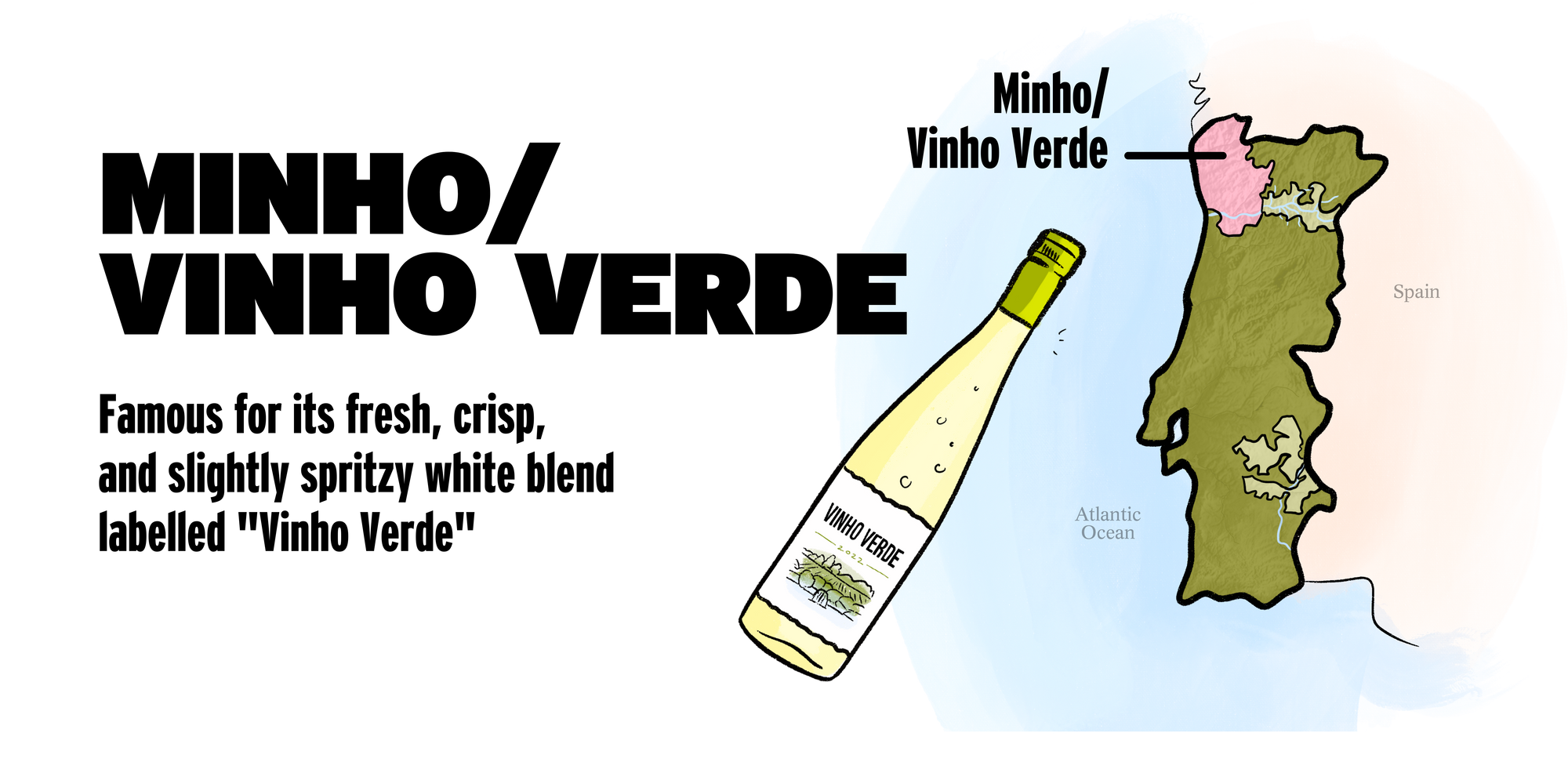

The 3 main regions responsible for its Portugal's budding reputation.
The popularity of Portuguese wine continues to grow. In recent years there has actually been a steady decline in wine consumption globally (drink less, but better). However, there has been a number of wine producing countries through this period that have gone from strength to strength, increasing their market share. As the love affair with Portugal steam rolls ahead, we thought we’d take the opportunity to take a deeper dive into some of the core wine regions that are responsible for its budding reputation.
Whilst we could spend all day waxing lyrical about each wine region, let’s keep it simple. Here are arguably the three most important regions we think you need to know about when it comes to Portuguese wine.

Douro Valley--red
Visually stunning. The Douro Valley is now a UNESCO world heritage site, and for good reason. There are few wine regions on the planet more breathtaking and beautiful than this one. The region feeds off the Douro river, which actually begins in Spain as the Duero. As it flows west, through the mountains and into Portugal, it adopts its new name as it makes its way to Porto, and out into the Atlantic. The Douro is historically famous for port wine and has exported this product to Europe and beyond for centuries. The region is split into three; (from west to east) Baixo Corgo, Cima Corgo and Douro Superior. Baixo is closest to Porto, and shares its western border with Minho (below). It is the coldest and wettest of the three sub-regions and a centre for reliable table wine. The Cima Corgo is home to Pinhão: a small village with a big reputation. You can pretty much consider this the home of port, and the last few decades have seen a serious increase in quality, world-class dry reds and whites. Finally, the Douro Superior is both the furthest inland and hottest of the three and as such, has to potential to produce the richest and most intense wines from the region. Superior stretches from the Cima Corgo, all the way to the Spanish border. The Douro river is the lifeblood of the region. It meanders through the valley, with vineyards planted on steep hillsides either side of it. Perhaps the best way to take in the beauty of the region is to take a river cruise from Porto upriver, we promise you won't be disappointed.

Minho/Vinho Verde--aromatic
We stay in the north for our next wine region. Minho is home to Vinho Verde, a popular style of wine that has enjoyed something of a resurgence of late. Vinho Verde translates to ‘green wine’, and refers to when the grapes are picked. Fruit needs to ripen and starts out life as a green bud. As it ripens and takes colour, the sugars increase as the acids decrease (think of those green, firm bananas you buy in the supermarket!). Grapes for Vinho Verde production — such as Alvarinho (aka Albariño) — are traditionally picked early, ensuring high acidity and a super fresh style of wine. These wines are often bottled with a little bit of spritz, which only adds to the argument that Vinho Verde is possibly the best summer tipple to enjoy on a hot day. Stretching from the Baixo Corgo pretty much to Portugal’s coastline; there is a myriad of micro-climates in Minho. Suffice to say it is the coolest and wettest of Portugal’s wine regions, again, well suited to crisp styles of white wine.

Alentejo--racy
You will find the Alentejo in the southeastern part of Portugal, it is a region that takes its name from the Tejo river which eventually flows into Lisbon and out to the sea. Warm and flat; Alentejo is better suited to the production of rich, bold red wines often made from Arragonez (Tempranillo/Tinta Roriz). This region occupies roughly one-third of Portugal, so it’s difficult to sum it up in just a few sentences. But what we will say is that Alentejo is home to some of the most exciting and forward-thinking projects in Portugal at the moment. It is a centre for innovation and has no doubt played a massive role in the Portuguese wine revolution, one that has seen the country step away from a reputation of port production, towards a reliable outlet for some of the most exciting wines in Europe.
Regional Production--aromatic
Portugal produces around 700 million litres of wine a year, which puts it just outside the top 10 wine producing countries in the world in terms of quantity. There are a dozen or so wine producing regions that span from north to south, including Madeira, an island well known for its eponymous fortified wines.

Do you know your wine personality? If your answer is no, take our quiz to find out which wines to pick up next and build your box!
Build my box





